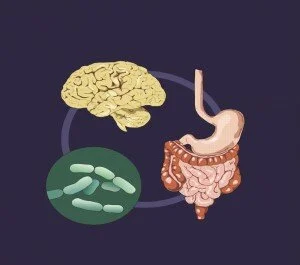Probiotics, often referred to as ‘good bacteria’, are known to promote a healthy gut, but can they promote a healthy mind? Exploring the new world of neurological probiotics, researchers in BioEssays present new ideas on how neurochemicals delivered directly to the gut, via probiotic intestinal microbiota, exert their beneficial effects in maintaining gastrointestinal health and even psychological well-being.
 The research, led by Professor Mark Lyte from Texas Tech University Health Sciences Center,1 proposes that through a unifying process of microbial endocrinology, neurochemical-producing probiotics could act as a delivery mechanism for neuroactive compounds that could improve a host’s gastrointestinal and psychological health.
The research, led by Professor Mark Lyte from Texas Tech University Health Sciences Center,1 proposes that through a unifying process of microbial endocrinology, neurochemical-producing probiotics could act as a delivery mechanism for neuroactive compounds that could improve a host’s gastrointestinal and psychological health.
“This paper proposes a new field of microbial endocrinology, where microbiology meets neuroscience,” said Lyte. “There is already evidence to suggest that the connection between gut microbes and the nervous system represents a viable route for influencing neurological function. A recent study in mice, for example, showed that the presence of neurochemicals such a serotonin in the bloodstream was due to direct uptake from the gut.” Continue reading
 This past spring, Wiley published the first comprehensive review of the field conservation biogeography, aptly named Conservation Biogeography. To find out more about this field, we sat down with one of the book’s two editors, Dr. Robert J. Whittaker (the other being Dr. Richard J. Ladle), and asked him some questions about the genesis of their book and what can and should be done by both scientists and citizens to preserve our planet.
This past spring, Wiley published the first comprehensive review of the field conservation biogeography, aptly named Conservation Biogeography. To find out more about this field, we sat down with one of the book’s two editors, Dr. Robert J. Whittaker (the other being Dr. Richard J. Ladle), and asked him some questions about the genesis of their book and what can and should be done by both scientists and citizens to preserve our planet.